At 22 weeks pregnant, both fetuses of the pregnant woman NTT had ultrasound results showing left diaphragmatic hernia, causing digestive organs such as the small intestine, large intestine, liver, etc. to move up into the chest cavity, with the risk of pulmonary hypoplasia. After consulting with the doctor, the family decided to keep the two children and monitor the pregnancy at the Obstetrics and Gynecology Center, Tam Anh General Hospital , Ho Chi Minh City.
At the 32nd week of pregnancy, the two babies were born by cesarean section, both weighing nearly 1.6 kg. The medical team from the Neonatal Center was on standby in the operating room, transferring the babies to the NICU for intensive care, mechanical ventilation and intravenous feeding in preparation for the surgery.
Specialist II Doctor Nguyen Do Trong, pediatric surgeon, said that diaphragmatic hernia in children has a high risk of prolonged pulmonary hypertension, respiratory failure, infection... and a high risk of death. Because the two babies were born prematurely and underweight, laparoscopic surgery was not possible, because this method is only for newborns over 3kg.
The timing of surgery is also very important because if the calculation is incorrect, the child may have severe pulmonary hypertension causing respiratory failure, long-term dependence on mechanical ventilation, breathing on pulmonary vasodilator gas (NO), and even need ECMO intervention (extracorporeal membrane oxygenation), which can be life-threatening for the child.
In addition, the two babies have blood clotting disorders that need to be adjusted and closely monitored before surgery by a professional care team.
After consultation, the medical team decided to operate on the two children immediately after 48 hours of birth. The children were given blood transfusions before surgery, and fresh frozen blood and serum were prepared during the surgery to prevent bleeding and to compensate for the children after surgery.
Both babies had large diaphragmatic hernias, with abdominal organs such as the small intestine, large intestine, spleen, etc. being pushed up. The doctor pulled the herniated organs back into the abdomen, repositioned them in their natural positions, then sutured the diaphragm with reinforcement using an artificial diaphragm. After 120 minutes, the first surgery was successful, the baby was transferred back to the NICU and the doctors continued the surgery on the second baby. After more than 4 hours, both surgeries were successfully completed.
After surgery, the patient needs to continue to breathe endotracheally for many more days. Doctor Trong analyzed that in cases of underweight and premature babies like these two, if intubated for a long time, there is a high risk of being dependent on a ventilator for life, and at the same time, there is a high risk of complications due to infection due to poor breathing ability and many other risks in premature and low birth weight babies.
After receiving intensive care after surgery, after only 2 days, the health of both babies was stable and they were able to be taken off the ventilator. After a week, the two babies were breastfeeding well, their wounds were self-digesting, their wounds were healing well, they could breathe fresh air on their own, they gained weight well, and they met the criteria for discharge.
Congenital diaphragmatic hernia is a rare disease in children, with a rate of about 1-4/10,000 live births. The case of both twins having diaphragmatic hernia like the baby above is relatively rare.
The diaphragm acts as a separator between the chest cavity and the abdominal cavity. When the diaphragm is herniated, it will not develop completely, causing the abdominal organs to be pushed into the chest cavity and hindering the development of lung formation. Therefore, newborns with congenital diaphragmatic hernia often suffer from severe respiratory failure. This disease can easily lead to two complications: pulmonary hypoplasia and pulmonary hypertension, which are the causes of death in newborns.
Currently, the cause of the disease is still unclear. The disease can be affected by genetic factors such as chromosomal mutations, genes, or by the environment, nutrition, etc. Dr. Trong said that the disease cannot be prevented, but if it is detected in the womb and a plan to monitor the pregnant woman and treat the baby promptly after birth can limit complications of the disease.
According to this expert, the principle of treating congenital diaphragmatic hernia is to coordinate between departments in the delivery room, safe transfer to hospital (for medical facilities that do not have all the specialties), pre-operative resuscitation, surgery and post-operative resuscitation in the intensive care room.
Dr. Trong recommends that pregnant women should go for regular check-ups and ultrasounds at medical facilities fully equipped with modern machines to detect diseases, choose multi-specialty hospitals to closely monitor the baby while it is still in the womb and perform surgery immediately after birth, and provide post-operative care, thereby minimizing the risk of infection during the transfer process.
Source: https://nhandan.vn/cuu-song-cap-song-sinh-non-thang-bi-thoat-vi-hoanh-bam-sinh-post874528.html





![[Photo] 60th Anniversary of the Founding of the Vietnam Association of Photographic Artists](/_next/image?url=https%3A%2F%2Fvphoto.vietnam.vn%2Fthumb%2F1200x675%2Fvietnam%2Fresource%2FIMAGE%2F2025%2F12%2F05%2F1764935864512_a1-bnd-0841-9740-jpg.webp&w=3840&q=75)
![[Photo] National Assembly Chairman Tran Thanh Man attends the VinFuture 2025 Award Ceremony](/_next/image?url=https%3A%2F%2Fvphoto.vietnam.vn%2Fthumb%2F1200x675%2Fvietnam%2Fresource%2FIMAGE%2F2025%2F12%2F05%2F1764951162416_2628509768338816493-6995-jpg.webp&w=3840&q=75)



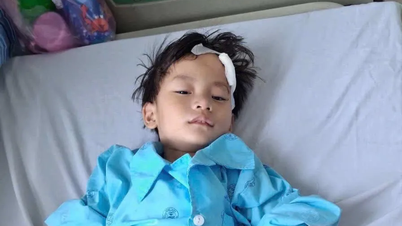

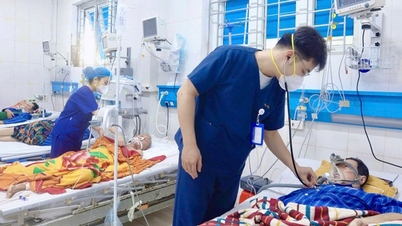
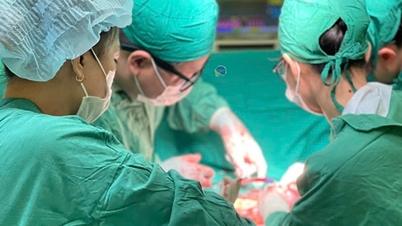
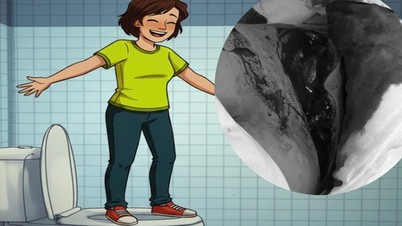












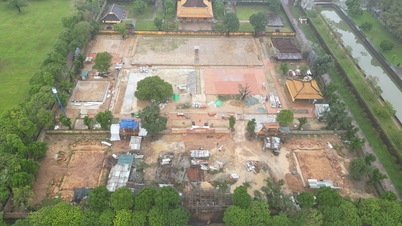




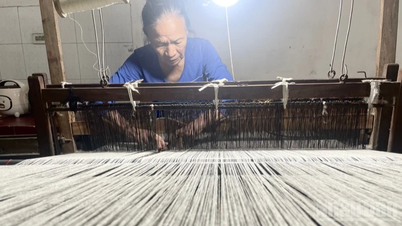















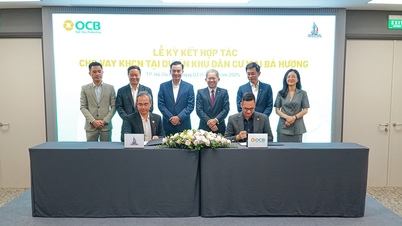



















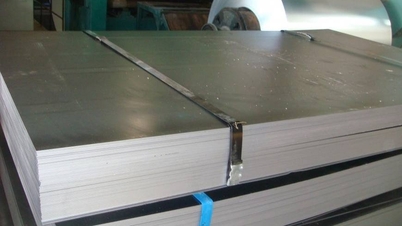



































Comment (0)